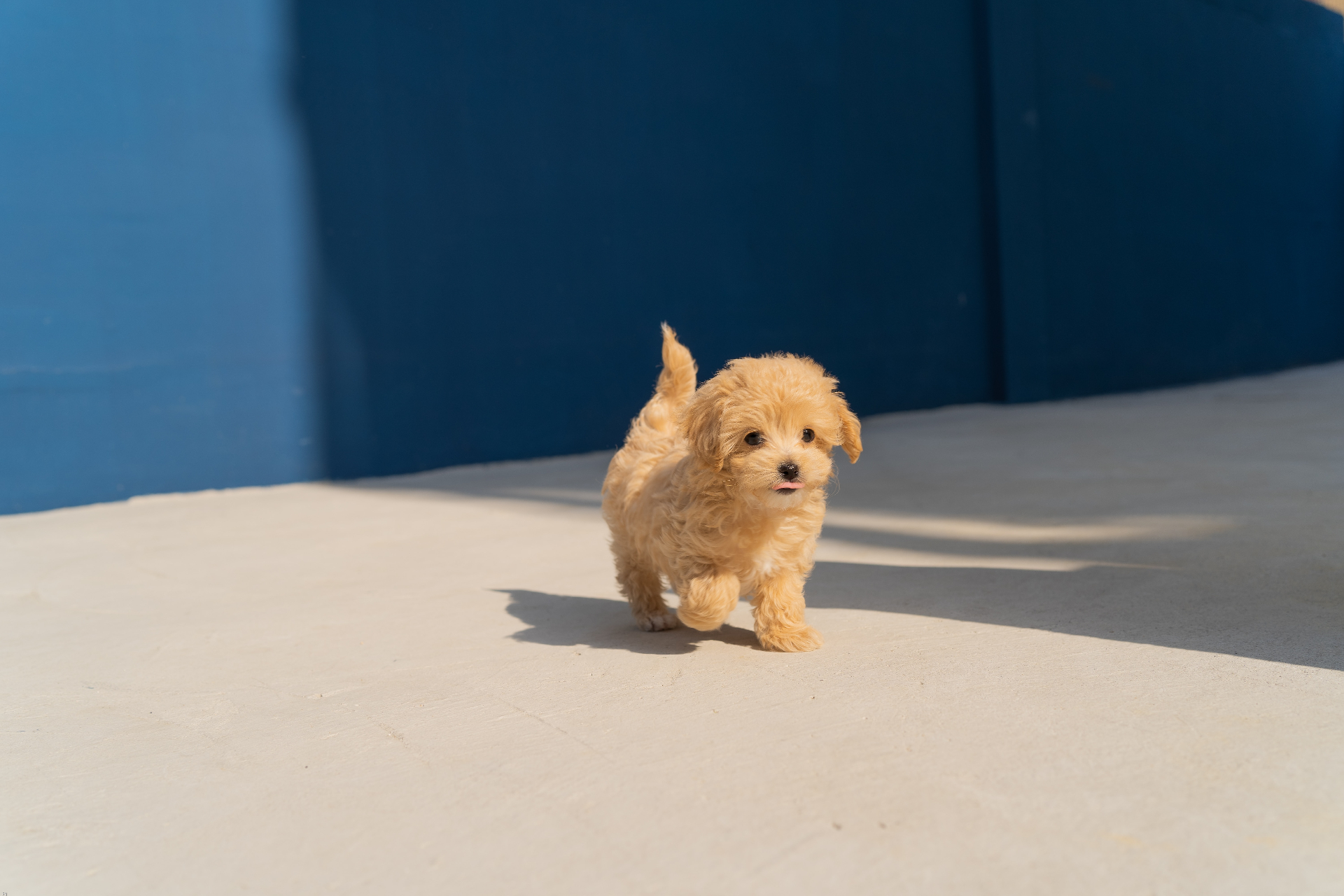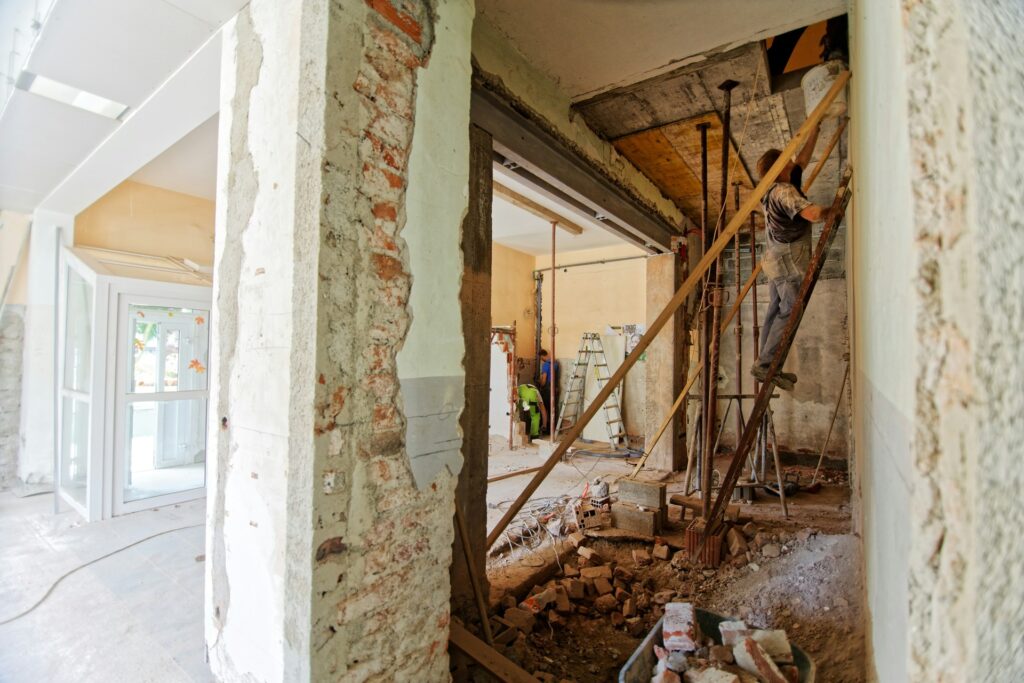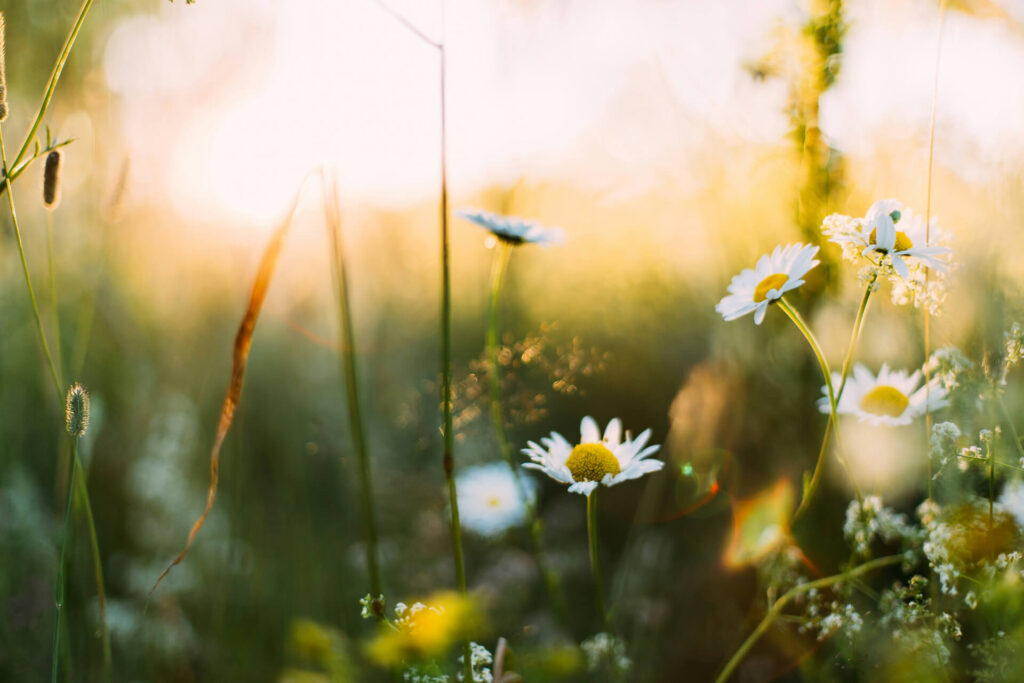
We are reader-supported. When you buy through links on our site, we may earn an affiliate commission.
Getting a new puppy is exciting, but it does come with one dreaded task: potty training. Luckily, there are some tried-and-true methods to help set your pup up for success when it comes to doing her business. Here’s how to potty train a puppy in an apartment.
Where Is the Bathroom?
As an apartment owner, you’ll need to make a choice — where should your dog use the bathroom? Should she go out on the balcony, use a pee pad or strictly do her business in a designated pet area?
Whichever you choose, recognize that your dog will probably keep using that spot, so choose carefully. Only use pee pads if you’re fine with your dog peeing indoors for the rest of her life. Otherwise, pee pads send a confusing message that it’s good to use the bathroom in the house.
The balcony can be a great choice if you’re frequently gone during the day. You can set up a litter box and install a dog door to let your dog go outside while you’re at work. Choose a style of dog door that doesn’t damage the actual door if you rent your apartment.
Keys to Potty Training Success
Once you’ve chosen a bathroom spot, it’s time to start potty training.
1. Keep a Consistent Schedule
The easiest way to potty train a puppy in an apartment is to keep a schedule for eating, sleeping and going outside. Always take your puppy out first thing in the morning, after breakfast, after playtime, after naps and right before bed.
You’ll also need a few more potty breaks in there depending on your puppy’s age. To calculate how many trips you’ll need to take outside, use the month-plus-one rule — take your puppy’s age in months and add one. That’s the maximum number of hours she can hold it. So, if your puppy is two months old, she won’t be able to control her bladder for more than three hours.
While it’s important to feed your puppy on a schedule, let her have access to water throughout the day. Restricting a dog’s water intake can be dangerous. Only remove her water bowl an hour before bedtime at most, and remember to put it back out in the morning.
2. Monitor Your Puppy
In addition to the potty break schedule, you’ll need to keep a close eye on your puppy if she’s out of her crate. Look for signs that she needs to use the bathroom, including sniffing the ground, circling in one spot or heading off to a corner by herself.
Are you too busy to watch your puppy? If so, put her in her crate for a while, since dogs don’t like to soil their sleeping area. Just remember that young puppies need to go out frequently and you shouldn’t crate them for long periods of time.
3. Follow a Pottying Routine
When it’s time to go out, always take your puppy to the same spot. If you’re taking her to a pet area on the ground floor, you might need to carry her for the first few weeks to ensure she doesn’t have an accident in the elevator or stairwell. Don’t worry, Saint Bernard owners — you won’t have to do this for long!
Keep your puppy on a leash, even if you’re just visiting the balcony. Doing so helps prevent her from getting distracted and wandering off to play. When she does use the bathroom, praise her lavishly. You can even give her a treat for being such a good girl.
4. Be Patient
Accidents will happen. Puppies are babies and they still have a lot to learn. Remember that your dog is learning a very foreign behavior, and it may not come easily. Puppies also get easily distracted or may simply forget the rules from time to time.
If you catch your dog peeing inside, don’t punish her. Instead, recognize that you were too late and simply try again later. If she looks like she’s about to use the bathroom, quickly pick her up and take her outside, then praise her heavily when she relieves herself.
Lastly, if your puppy has an accident, never rub her nose in it. Not only is doing so cruel, but it doesn’t teach her anything. Dogs don’t understand shame or retroactive punishments. All they’ll learn is to pee in secret next time.
Are Certain Breeds Harder to Potty Train?
Some dogs are well known for their trainability and eagerness to please, while others are infamously hard to housebreak. Toy breeds — like Yorkshire terriers, dachshunds and Pomeranians — have garnered a reputation as some of the hardest puppies to potty train, while many people cite German shepherds, Labrador retrievers and border collies as some of the easiest.
A 2020 publication in the Journal of Veterinary Behavior found that 95% of large dogs were housebroken, compared to just 66.8% of small dogs. Apartment owners are more likely to own toy breeds, so they often end up with a double-whammy — a dog that’s hard to train and no backyard. But how much of it is the dog’s fault?
In the study, the authors suggested that a smaller bladder and higher metabolism might be partly responsible for small dogs having more accidents. However, they also noted that small dogs are less likely to receive training, and their owners may spoil them more than large dogs. They also pointed out that small dogs don’t produce as much pee or poop as large dogs, so their owners are more likely to tolerate the behavior.
In other words, while breed may have a small part to play, your actions have a large role in determining your dog’s behavior. To potty train a puppy in an apartment, you’ll need to be consistent, positive and patient whether you own a chihuahua or Great Dane.
Bad Weather
Some dogs will refuse to do their business outside if it’s raining. To help your puppy get used to pottying outside in the rain, it’s important to show her that it’s OK to get wet by giving her regular baths, letting her play in a pool or simply taking walks in the rain. She’ll likely get used to it over time. Alternatively, you can create a covered area on your balcony that’s shielded from the rain.
Cold weather is a little different because some breeds have very little hair — or none at all — and simply can’t get used to low temperatures. If you have a warm-weather dog in a cold climate, you’ll need to help her stay warm during potty breaks, such as by putting a coat on her and keeping your trips outside short.
Successfully Potty Training a Puppy in an Apartment
Potty training — it’s not exactly fun, but it’s better than the alternative! By being patient, consistent and positive, you can teach your dog that it’s important to use the bathroom outside. Pretty soon, she’ll be begging to go out.










